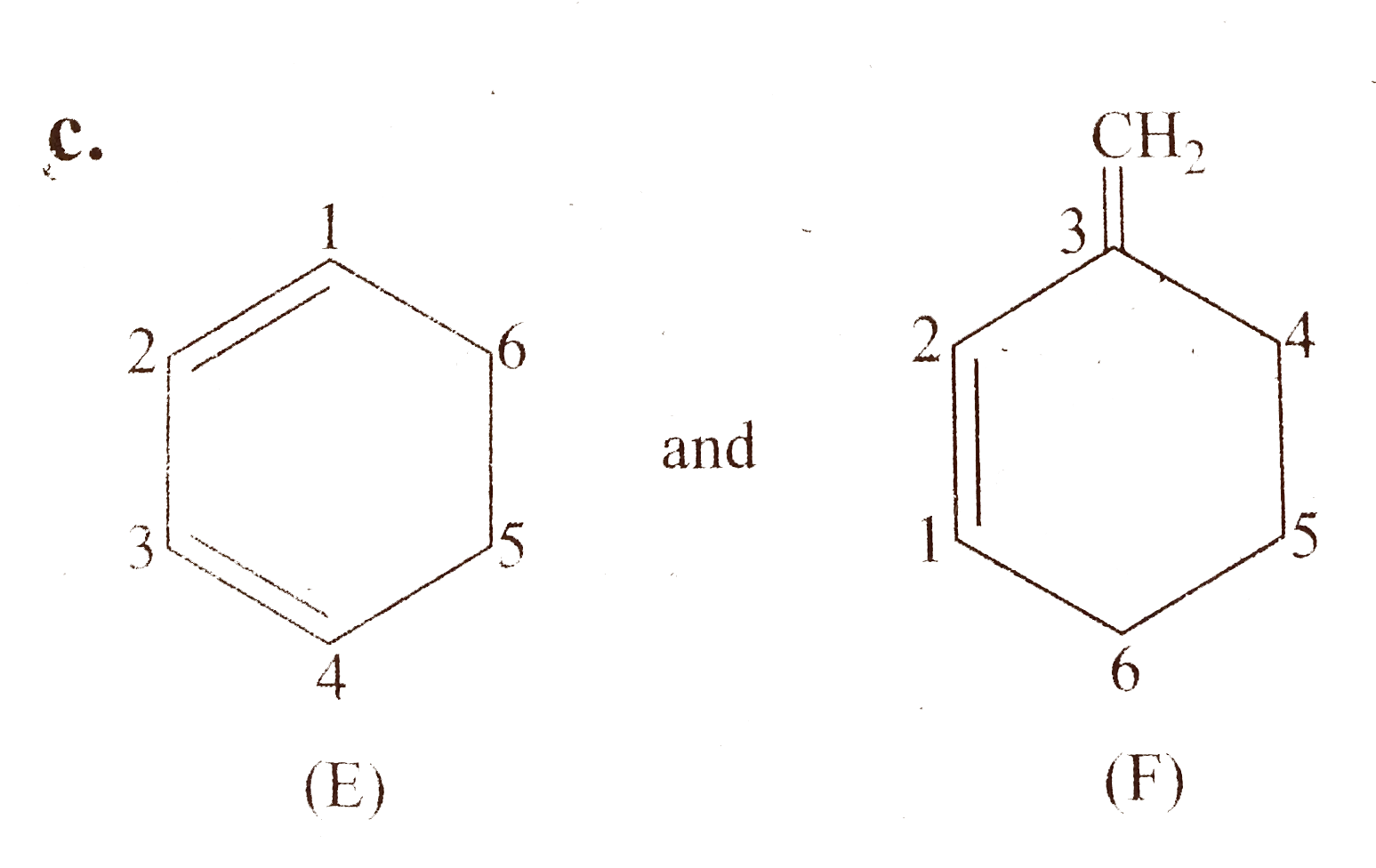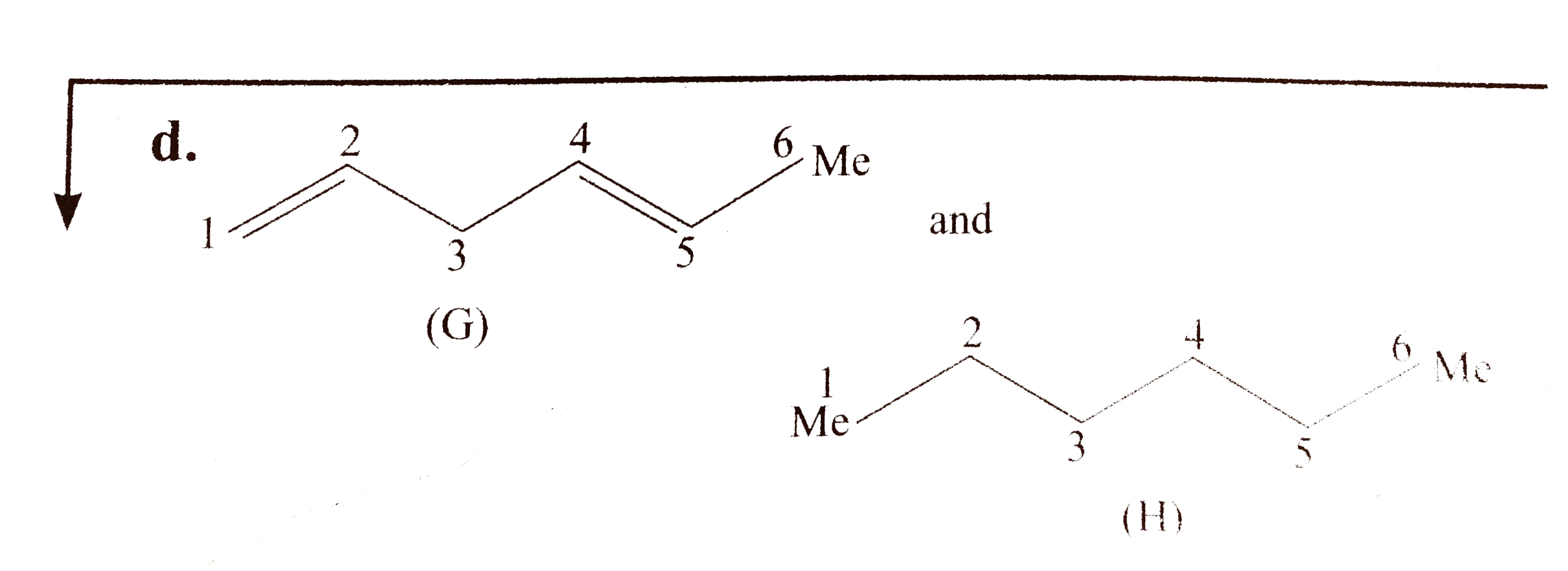Distinguish between the pairs :
Polyandraus and Polyadephous androecium
To distinguish between polyandrous and polyadelphous androecium, we can break down the definitions and characteristics of each term step by step.
1. Definition of Androecium:
- The androecium is the male reproductive part of a flower, composed of stamens, which are the individual male reproductive organs.
2. Polyandrous Androecium:
- In a polyandrous androecium, there are four or more stamens.
- The key characteristic of polyandrous androecium is that the stamens are free from each other, meaning they are not attached.
- Example: An example of a flower with a polyandrous androecium is the Corchorus species.
3. Polyadelphous Androecium:
- In a polyadelphous androecium, the stamens are united either by their filaments or by their anthers.
- Specifically, in the polyadelphous condition, the stamens are united by their filaments to form several bundles.
- Example: An example of a flower with a polyadelphous androecium is found in the Citrus species.
4. Comparison:
- Number of Stamens: Both conditions can have multiple stamens, but polyandrous specifically mentions four or more.
- Stamen Arrangement:
- Polyandrous: Stamens are free.
- Polyadelphous: Stamens are united into bundles.
- Examples:
- Polyandrous: Corchorus species.
- Polyadelphous: Citrus species.
Summary:
- Polyandrous Androecium: Four or more free stamens (e.g., Corchorus).
- Polyadelphous Androecium: Stamens united by filaments into several bundles (e.g., Citrus).
- The androecium is the male reproductive part of a flower, composed of stamens, which are the individual male reproductive organs.
- In a polyandrous androecium, there are four or more stamens.
- The key characteristic of polyandrous androecium is that the stamens are free from each other, meaning they are not attached.
- Example: An example of a flower with a polyandrous androecium is the Corchorus species.
- In a polyadelphous androecium, the stamens are united either by their filaments or by their anthers.
- Specifically, in the polyadelphous condition, the stamens are united by their filaments to form several bundles.
- Example: An example of a flower with a polyadelphous androecium is found in the Citrus species.
- Number of Stamens: Both conditions can have multiple stamens, but polyandrous specifically mentions four or more.
- Stamen Arrangement:
- Polyandrous: Stamens are free.
- Polyadelphous: Stamens are united into bundles.
- Examples:
- Polyandrous: Corchorus species.
- Polyadelphous: Citrus species.
- Polyandrous Androecium: Four or more free stamens (e.g., Corchorus).
- Polyadelphous Androecium: Stamens united by filaments into several bundles (e.g., Citrus).
Topper's Solved these Questions
- THE FLOWERBOOK - ICSECHAPTER - THE FLOWEREXERCISE - REVIEW QUESTIONS (D. LONG ANSWER TYPE )
4 Videos
- THE FLOWERBOOK - ICSECHAPTER - THE FLOWEREXERCISE - REVIEW QUESTIONS (E. STRUCTURED/APPLICATION QUESTIONS )
6 Videos
- THE FLOWERBOOK - ICSECHAPTER - THE FLOWEREXERCISE - REVIEW QUESTIONS (B. VERY SHORT ANSWER TYPE )
1 Videos
- STRUCTURE AND FUNCTION OF SKIN BOOK - ICSECHAPTER - STRUCTURE AND FUNCTION OF SKIN EXERCISE - TOPIC 2 (5 Marks Questions )
11 Videos
- THE RESPIRATORY SYSTEMBOOK - ICSECHAPTER - THE RESPIRATORY SYSTEMEXERCISE - PROGESS CHECK
15 Videos
Similar Questions
Distinguish between the following pairs:
View SolutionDistinguish between the pairs :
Petals and petaloid sepals.
View SolutionDistinguish between the given pairs.
a.
b.
c.
d.
View SolutionDistinguish between the pair of sciences:
Phycology and Mycology
View SolutionDistinguish between the pair of sciences:
Zoology and Entomology
View SolutionGive one chemical test each to distinguish between the following pairs of compounds : Propanal and Propanone.
View SolutionState chemical tests to distinguish between the following pairs of compounds :
Propanal and propanone
View SolutionGive chemical tests to distinguish between the following pairs of compounds :
Propanal and propanone.
View SolutionGive a chemical test to distinguish between the following pairs of compounds:
Ethanol and ethanoic acid.
View SolutionDistinguish between the pairs of compounds using a reagent as a chemical test:
Magnesium chloride and Magnesium nitrate solution.
View Solution
